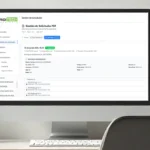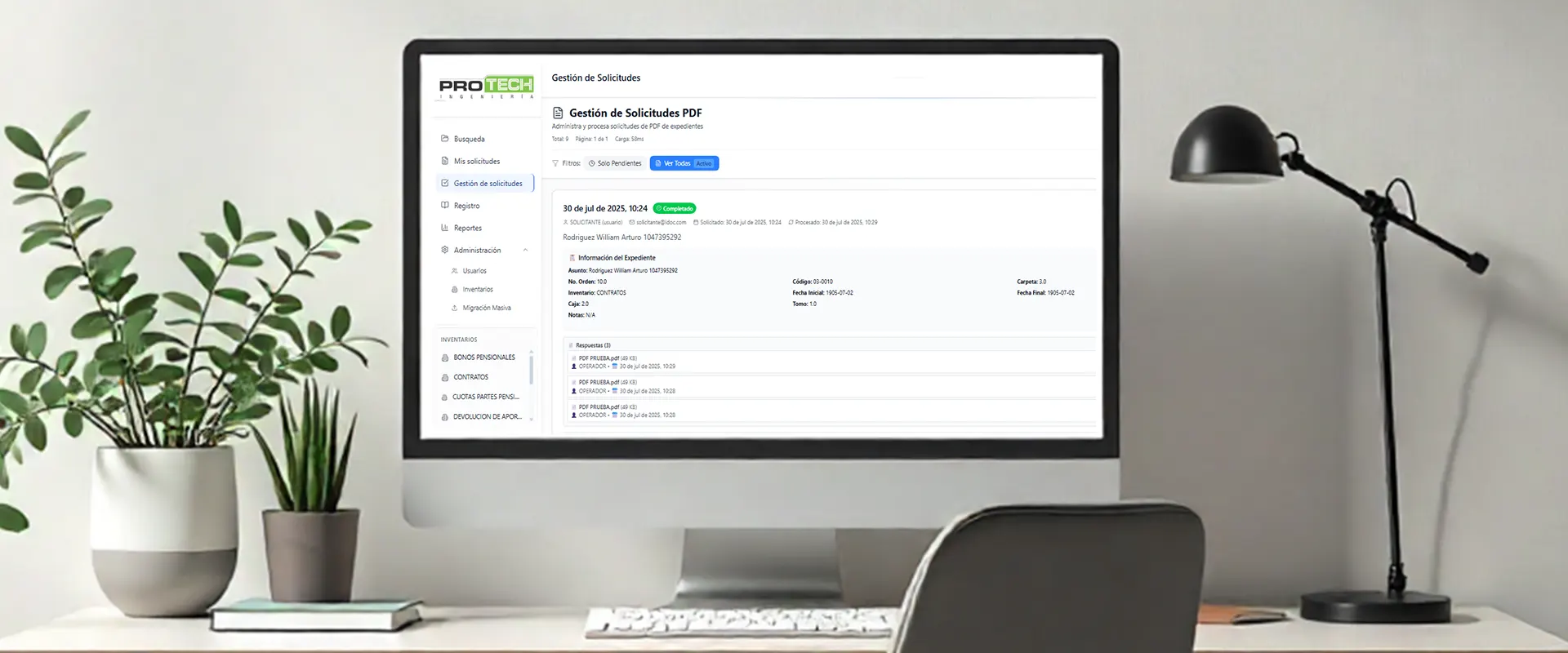How to Implement a Document Retention Schedule (DRS) in 4 Steps. 2024 Guide
Document management is essential for the operation of any company, and Document Retention Schedules (DRS) play a key role in this process. DRS not only facilitate document access, but also ensure regulatory compliance, and optimize the storage and management of documents. Below is a detailed and updated guide for implementing a DRS in 4 steps, along with the structure, benefits, and practical tips for its implementation in 2024.
1. What is a Document Retention Schedule (DRS)?
A Document Retention Schedule (DRS) is a document management tool that classifies and organizes records based on their lifecycle within an organization. The DRS defines how long documents should be retained according to their type and the department that generates them. This helps businesses effectively manage their files, optimizing space and ensuring compliance with legal regulations.
2. Benefits of Implementing a Document Retention Schedule (DRS)
Implementing a Document Retention Schedule correctly benefits companies in several ways, including the following:
- Legal and Regulatory Compliance: By implementing a Document Retention Schedule (DRS), companies ensure compliance with laws and regulations regarding document retention.
- Organization and Space Optimization: Implementing a Document Retention Schedule facilitates the organization and reduction of storage space, minimizing operational costs.
- Efficient Access to Relevant Documents: A Document Retention Schedule allows for quicker and more organized access to relevant documents.
- Control and Risk Minimization: DRS helps maintain control over documents and reduces the risk of information loss.

3. Structure of a Document Retention Schedule (DRS)
The structure of a Document Retention Schedule (DRS) can vary depending on the organization and its industry, but generally, it includes the following elements:
-
Document Type
Identification of the document (e.g., contract, invoice, report).
-
Responsible Department
The department or area within the company responsible for the creation and retention of the document.
-
Retention Period
The recommended duration for keeping the document (e.g., 5 years, indefinite).
-
Final Disposal
Indicates whether the document should be destroyed, archived, or transferred to a historical archive.
-
Creation and Expiry Dates
Dates that mark the lifecycle of the document within the record-keeping system.
How to Implement a Document Retention Schedule in 4 Steps
Here’s a practical guide on how to implement a Document Retention Schedule (DRS).
Step 1: Document Analysis and Classification
The first step is to conduct a detailed analysis of all the documents generated and received by the company or organization. This involves:
- Identifying the types of documents: Such as contracts, financial reports, correspondence, etc.
- Classifying the documents: By areas and functions, assigning specific categories.

Practical Tip
Consult with each department to ensure that all types of documents are considered in the analysis.
Step 2: Define Retention Periods
To implement a Document Retention Schedule, it is necessary to establish how long each type of document should be kept. This duration may depend on:
- Legal requirements: Some documents have retention periods specified by law.
- Internal needs: Based on the historical use or relevance of certain documents for future decisions.

Practical Tip
Consult with the legal team to ensure compliance with applicable archival laws in 2024.
Step 3: Establish the Final Disposition of Documents
In this step, you decide what to do with documents once they have reached the end of their retention period. The options may include:
- Secure Destruction: For documents that have completed their life cycle and are no longer necessary.
- Permanent Archiving: For historical or reference documents.
- Internal Needs: Based on the historical use or relevance of certain documents for future decisions.
Digitization and Cloud Storage: If the documents need to be retained long-term and physical space is limited.

Practical Tip
Document digitization can be an excellent option, especially in industries that handle large volumes of documents.
Step 4: Implementation and Staff Training
Once the Document Retention Schedule (DRS) is defined and structured, the next step is to implement it and train the staff on its use:
- Creation of Standard Procedures: To implement a Document Retention Schedule, you must specify how documents should be handled, stored, and disposed of.
- Staff Training: Companies should offer training sessions for each department, ensuring the team becomes familiar with the DRS.
- Periodic Review: The DRS should be updated to reflect legal changes or new business needs.

Practical Tip
Conduct periodic audits to verify compliance with the DRS.
Final Tips for Understanding Document Retention Schedules
Understanding and implementing a Document Retention Schedule (DRS) is crucial for effective document management. By following best practices and keeping the system up to date, businesses can ensure compliance with legal requirements and improve their document handling efficiency.
Here are some final tips to get the most out of your DRS and optimize its implementation:
- Use Digital Tools: Platforms like SharePoint or document management systems help automate document retention and disposal.
- Stay Updated: Regulations may change, so it’s important to periodically review your DRS.
Involve Every Department: Each department has its own requirements, so their involvement in creating the DRS is key.
Implementing an effective Document Retention Schedule in 2024 is a key strategic process for organizing information and reducing business risks. With this step-by-step guide, any company can begin to structure and implement a Document Retention Schedule (DRS) that optimizes document management, ensures regulatory compliance, and enhances operational efficiency.
However, it is recommended to hire an expert in document management for the creation, updating, and optimization of DRS. The experience of a professional ensures that the Document Retention Schedules comply with all current regulations and are tailored to the specific needs of the business or organization.
For more help in implementing a Document Retention Schedule (DRS).
Contact Us Now!
discover how our document management solutions can transform your organization!
Contact Us








Comment (1)
zoritoler imol
January 5, 2025Thanks for sharing excellent informations. Your website is so cool. I’m impressed by the details that you¦ve on this website. It reveals how nicely you perceive this subject. Bookmarked this website page, will come back for extra articles. You, my pal, ROCK! I found simply the info I already searched all over the place and simply couldn’t come across. What a great site.